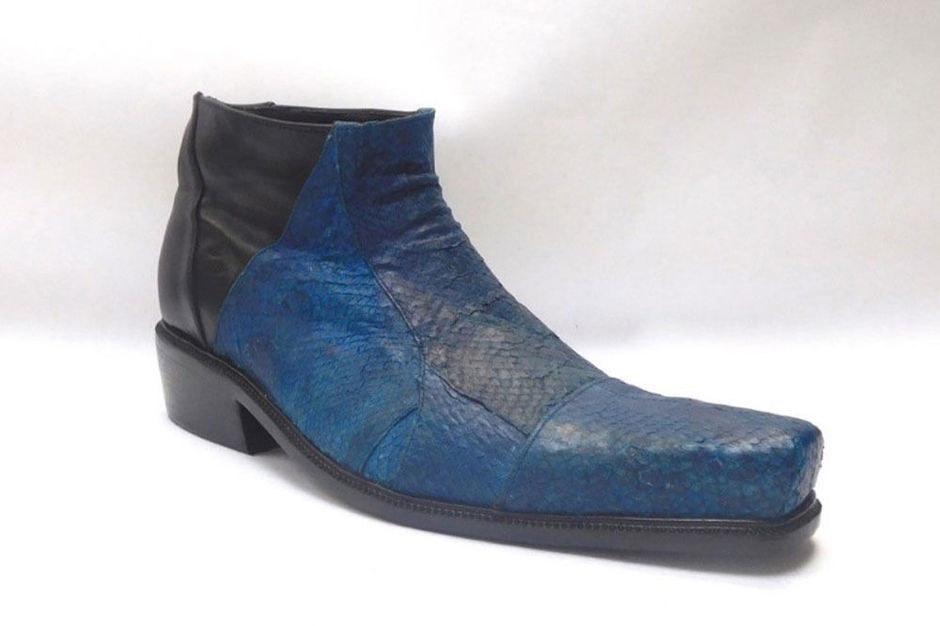The “material footprint” is an indicator of the amount of raw materials used to satisfy our consumption. We are draining the Earth for fish & seafood, metal, wood, minerals, energy and so on. The amount of resources extracted from Earth is increasing daily and depletion of Earth’s natural resources is an increasing problem.
DIVE INTO DIFFERENT RAW
MATERIAL AND USE IT FOR AN
OTHER END PRODUCT.
MASS PRODUCTION & CONSUMPTION
The fashion industry is one of the most polluting industries on earth. Fortunately, there are people working on solutions to this problem. For example, the shoe workshop Collectif d'Anvers is experimenting with fish leather.
The fashion industry has to look for a more circular system, in which we re-use waste materials and exhaust the earth's resources as little as possible. A good alternative to snakeskin, for example, is fish leather, because otherwise the skins of fish that are eaten will end up on the rubbish heap. Doesn't that smell like fish? Absolutely not, it just smells like leather as we know it.

The coffee bean not only contains particularly tasty molecules but also fibres that like to bind to other fibres, such as those made of plastic, making these coffee fibres suitable for textile applications. I made this special discovery during my visit to the Taiwanese textile company Singtex Industrial. This family business knows how to weave yarn from coffee grounds and PET waste. Shoes, coats, bags, everything is possible when it comes to coffee clothing. Worldwide, clothing labels like Timberland now take yarn from Singtex and incorporate it into their clothing and shoes. The French football team at the 2014 World Cup, for example, played in coffee shirts.
CATALOGUE BOOK ABOUT ALL PRODUCT MADE FROM THE MATERIAL OF ONE PIG - CHRISTIEN MEINDERTSMA
SINGTEX